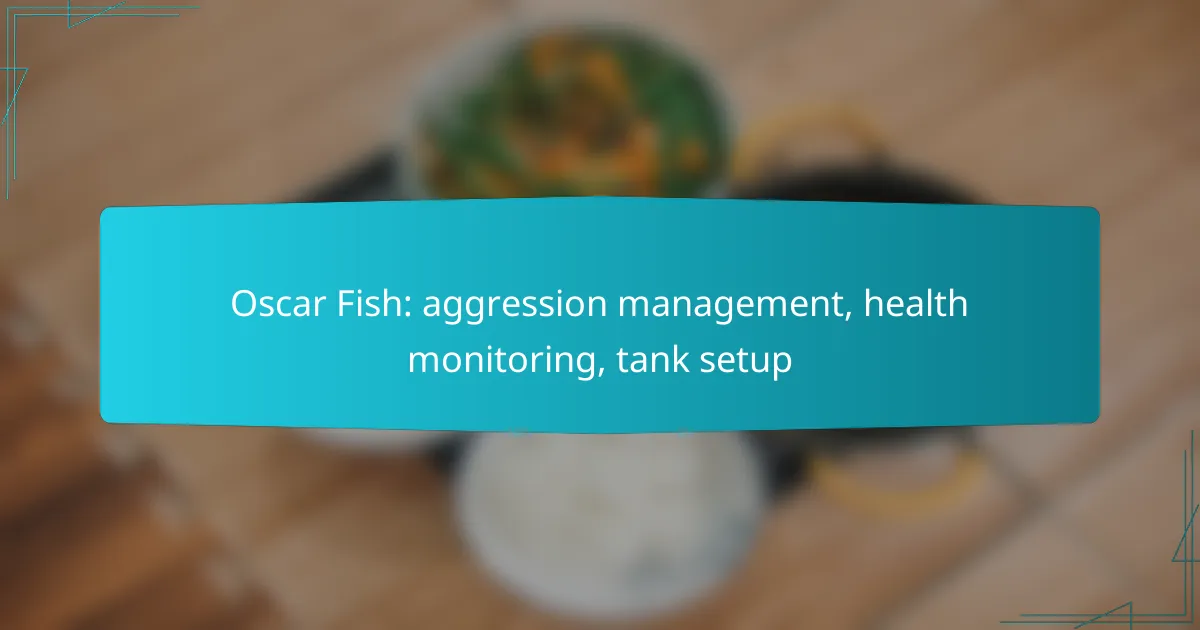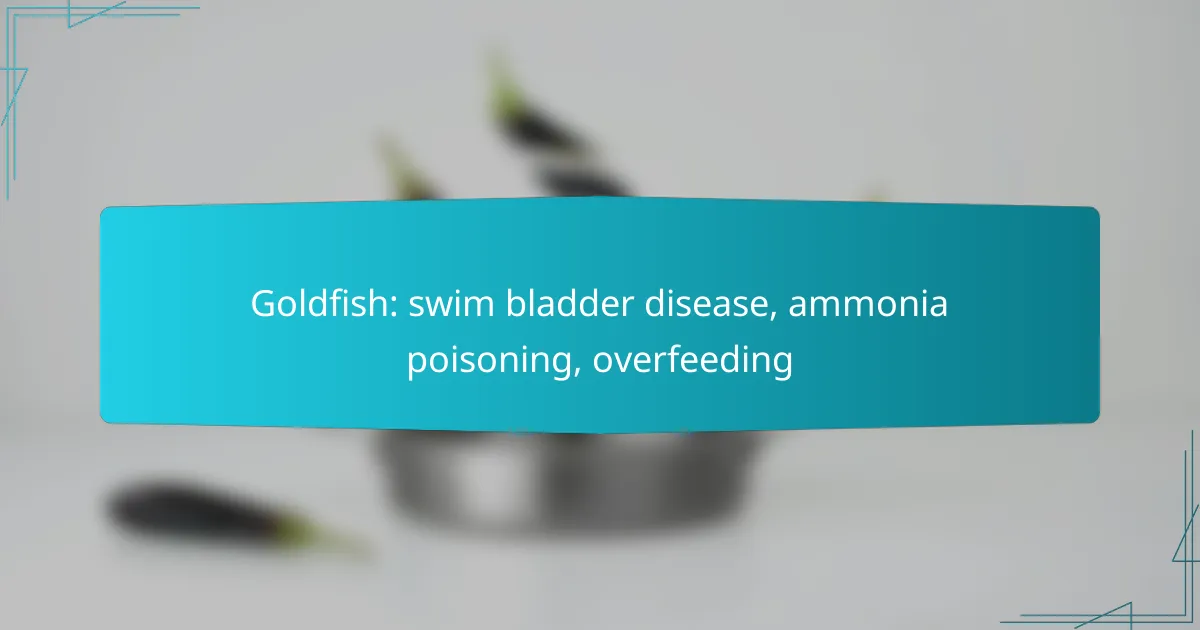Platies are vibrant and popular freshwater fish, but they can be prone to various diseases that threaten their health. Maintaining optimal water quality and recognizing signs of stress are essential for their well-being. By understanding common ailments and their symptoms, aquarists can take proactive measures to ensure a thriving aquarium environment.

What are common diseases in Platies?
Platies are susceptible to several diseases that can affect their health and well-being. Understanding these common diseases is crucial for maintaining a healthy aquarium environment and ensuring the longevity of your fish.
Ichthyophthirius multifiliis (Ich)
Ich, or Ichthyophthirius multifiliis, is a parasitic infection characterized by white cysts on the skin and gills of fish. This disease often arises in stressful conditions, such as poor water quality or sudden temperature changes.
To treat Ich, raise the water temperature gradually and add a suitable anti-parasitic medication. It’s essential to maintain good water quality and reduce stressors to prevent future outbreaks.
Fin rot
Fin rot is a bacterial infection that causes the fins of Platies to fray and deteriorate. This condition is often a result of poor water quality or injuries, making it crucial to monitor the aquarium environment closely.
To combat fin rot, improve water conditions and consider using antibacterial treatments. Regular water changes and maintaining a clean tank can help prevent this disease from developing.
Swim bladder disease
Swim bladder disease affects a fish’s buoyancy, causing it to float uncontrollably or sink to the bottom. This condition can be caused by overfeeding, constipation, or infections.
To address swim bladder disease, adjust the fish’s diet and consider fasting for a few days. If symptoms persist, consult a veterinarian for potential treatments, including medicated food.
Columnaris
Columnaris is a bacterial infection that manifests as white or gray patches on the skin and fins. It is often linked to poor water quality and high-stress levels in fish.
To treat Columnaris, improve water quality and use appropriate antibacterial medications. Quarantine affected fish to prevent the spread of the disease and monitor the tank for any signs of stress or deterioration.
Velvet disease
Velvet disease, caused by the parasite Oodinium, results in a gold or rust-colored dust on the fish’s body. This disease can lead to severe health issues if left untreated.
To treat velvet disease, increase the water temperature and use copper-based treatments. Ensure that the aquarium is well-oxygenated and consider dimming the lights, as the parasite thrives in bright conditions.

How to treat Platy diseases?
Treating Platy diseases involves identifying the specific illness and applying appropriate remedies, often including medications and environmental adjustments. Quick action can prevent further health deterioration in your fish.
Medications for Ich
Ich, or Ichthyophthirius multifiliis, is a common parasite affecting Platies. Treatment typically involves medications containing formalin or copper-based compounds, which can effectively eliminate the parasite. Follow the manufacturer’s instructions for dosage and duration, usually requiring treatment over several days.
Ensure to monitor your fish closely during treatment, as some medications can stress them further. It’s advisable to increase aeration in the tank, as medications may reduce oxygen levels.
Antibiotics for fin rot
Fin rot is often caused by bacterial infections, and antibiotics can be effective in treating this condition. Common antibiotics include tetracycline and erythromycin, which target the bacteria responsible for the infection. Administer these medications as directed, typically for a week or until symptoms improve.
In addition to medication, improving water quality is crucial. Regular water changes and maintaining optimal parameters can help prevent fin rot from recurring.
Water temperature adjustments
Adjusting water temperature can be a critical factor in treating various diseases in Platies. For instance, raising the temperature slightly can speed up the life cycle of parasites like Ich, making them more susceptible to treatment. Aim for a gradual increase of about 1-2 degrees Celsius over a few hours.
However, be cautious not to exceed the species’ tolerance, typically around 24-28 degrees Celsius. Rapid temperature changes can stress your fish, leading to additional health issues.

What are signs of stress in Platies?
Signs of stress in Platies can manifest in various ways, indicating that the fish may be experiencing unfavorable conditions. Recognizing these signs early can help prevent further health issues and improve their well-being.
Color fading
Color fading in Platies is a common indicator of stress, often resulting from poor water quality or illness. Healthy Platies typically exhibit vibrant colors, while stressed individuals may appear dull or washed out.
To address color fading, check the water parameters, including pH, ammonia, and nitrite levels. Regular water changes and maintaining a clean environment can help restore their coloration.
Hiding behavior
Increased hiding behavior is another sign that Platies are stressed. When they feel threatened or uncomfortable, they may seek refuge in plants, decorations, or other sheltered areas of the tank.
To reduce hiding, ensure the tank is spacious and provides adequate hiding spots without overcrowding. Monitor tank mates for aggression, as this can also contribute to stress and excessive hiding.
Rapid gill movement
Rapid gill movement in Platies often indicates respiratory distress, which can be caused by poor water quality or low oxygen levels. If you notice your fish gasping at the surface or exhibiting fast gill movement, it is a sign that immediate action is needed.
Check the oxygen levels in the tank and consider increasing aeration with air stones or adjusting the filter to improve water circulation. Regular water testing can help prevent this issue.
Loss of appetite
A noticeable loss of appetite in Platies can signal stress or illness. Healthy Platies typically have a good feeding response, so a sudden decrease in food intake should be taken seriously.
Evaluate the tank conditions and consider potential stressors, such as water quality or tank mates. If the loss of appetite persists, consult a veterinarian or an aquatic specialist for further guidance.

How does water quality affect Platies?
Water quality is crucial for the health and well-being of Platies, as poor conditions can lead to stress, disease, and even death. Key factors such as pH levels, ammonia, nitrite, and temperature significantly influence their overall health and behavior.
Impact of pH levels
The pH level of the water affects the overall health of Platies. They thrive in a slightly acidic to neutral range, typically between 6.5 and 7.5. Deviations from this range can cause stress and make them more susceptible to diseases.
Regularly testing the pH levels using an aquarium test kit is essential. If adjustments are needed, use pH buffers or natural methods like adding driftwood or certain plants to stabilize the levels.
Effects of ammonia and nitrite
Ammonia and nitrite are toxic compounds that can accumulate in aquariums, particularly in poorly maintained tanks. Ammonia levels should ideally be at 0 ppm, while nitrite levels should also be at 0 ppm for a healthy environment. Elevated levels can lead to serious health issues for Platies, including gill damage and stress.
To prevent ammonia and nitrite spikes, perform regular water changes and ensure proper filtration. Monitoring these levels weekly can help catch issues before they become critical.
Importance of water temperature
Water temperature is vital for the metabolic processes of Platies, with an optimal range between 24°C and 28°C (75°F to 82°F). Fluctuations outside this range can lead to stress and affect their immune system.
Use a reliable aquarium heater and thermometer to maintain stable temperatures. Sudden changes should be avoided, as they can shock the fish and lead to health complications. Regularly check the temperature, especially during seasonal changes or power outages.

What are the best practices for maintaining water quality?
Maintaining water quality is essential for the health of platies and other aquarium inhabitants. Regular monitoring and proactive management can prevent many common issues that arise in home aquariums.
Regular water testing
Regular water testing is crucial for ensuring a stable environment for platies. Test for parameters such as pH, ammonia, nitrites, and nitrates at least once a week, especially in newly established tanks or after significant changes.
Use reliable test kits or strips to get accurate readings. Aim for a pH between 6.8 and 7.8, ammonia and nitrite levels at 0 mg/L, and nitrates below 20 mg/L to maintain optimal conditions.
Frequent water changes
Frequent water changes help to dilute harmful substances and replenish essential minerals in the aquarium. A good rule of thumb is to change 10-20% of the water weekly, or 25-50% bi-weekly, depending on the tank’s bioload.
When performing water changes, always use a dechlorinator to treat tap water and match the temperature of the new water to that of the tank. This practice minimizes stress for the fish and helps maintain a stable environment.










